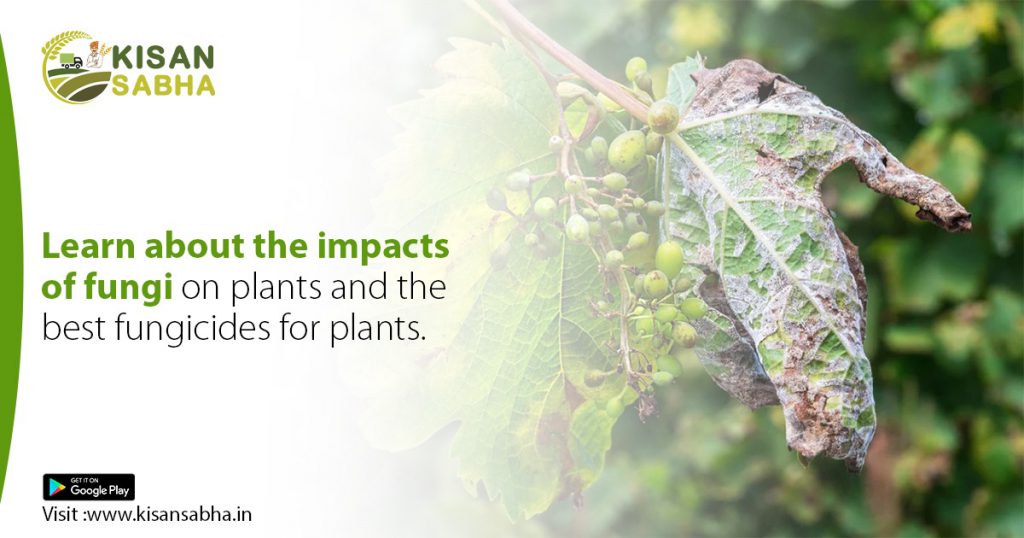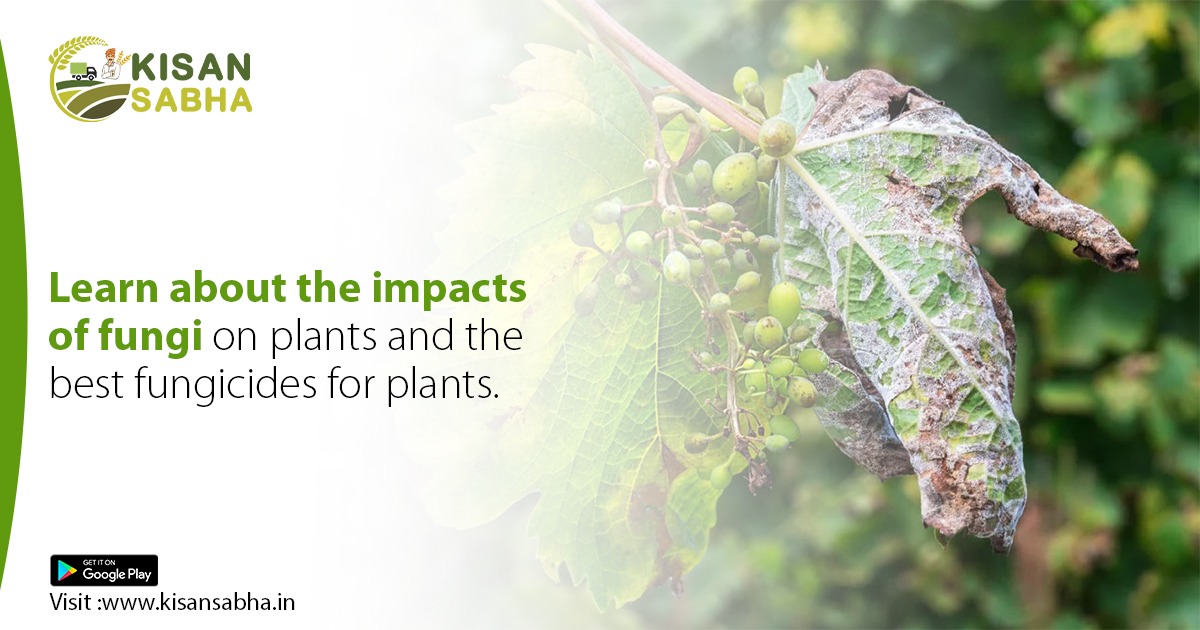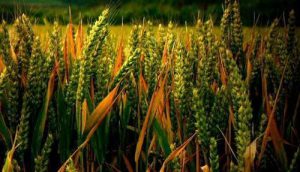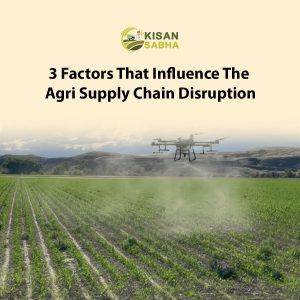Fungi and fungal-like organisms (FLOs) harm food production in ways that cannot get repaired. Both plant health and human nutrition are adversely affected. Fungi and FLOs are the most significant historical food losses, such as the destruction of wheat crops in the middle ages, potato blight in Ireland, loss of grape vineyards in Central Europe, etc. Most importantly, a study discovered that airborne fungi rather than bacteria and viruses are the primary cause of crop disease and damage. Given the severity of the harm they cause, it is imperative that fungi are regularly checked for on plants. If found, a sufficient quantity of effective fungicide products should get used. This article examines various facets of fungi and some of the most effective fungicides currently on the market.

Abiotic and biological stresses are both experienced by plants.
Plants can grow in favorable conditions such as full sun, nutrient-rich soil, timely access to adequate water, and so on. Plants, on the other hand, face a number of challenges throughout their life cycles. They require regular inspection and proper care, failing which they may become vulnerable to various diseases and other issues. They are basically subjected to various biotic and abiotic stresses. Abiotic stresses can refer to physical forces such as a lack or excess of water, different temperature levels, drought, mineral deficiency, pollutant availability, etc. Biotic stresses, on the other hand, may refer to biological organisms such as insects, bacteria, viruses, weeds, pests, fungi, and so on. These issues have a significant impact on plants.
For example, fungal infections have destroyed millions of tonnes of the top five crops: rice, wheat, maize, potatoes, and soybeans (Source). Learn more about fungi in plants. Fungi are the most abundant plant pathogens and are responsible for a wide range of plant diseases. Fungi harm plants by either killing their cells or causing plant stress. They are mainly found in infected soil, crop debris, weeds, and other places. They are frequently spread by wind, a splash of water, movement of men, animals, machinery, tools, and so on. White blister/White rust, Downy mildews, Powdery mildews, Clubroot, Fusarium wilts and rots, Cavity spot, Tuber diseases (various species), Black root rot, and others are examples of fungal diseases.
What is fungicide?
Fungicides are primarily biochemical substances. It is specifically used to eliminate fungi and insects in plants. Fungicides slow or halt their growth. In agriculture, pests and insects can cause significant damage. This substance has the potential in agriculture to combat fungal infections in plants. Fungicides are plants that prevent disease and infection. Fungicides can be contact, translaminar, or systemic.
Contact fungicides do not penetrate plant tissue. It only protects the plant in the area where the spray is actually applied. Translaminar fungicides recirculate the fungicide from above. It sprayed from the surface of the leaf to the lower, unsprayed surface. Systemic fungicides get absorbed and reabsorbed by the plant’s xylem vessels. Some fungicides spread to all parts of the plant. Some fungicides have a local systemic effect. Some of them also progress upward.
The majority of fungicides are liquid sails. Fungicides contain carbon, oxygen, nitrogen, zinc, and manganese. Sulfur is a common chemical ingredient. It is present at 0.08% in fungicide-weaker concentrates. Sulfur is present in higher concentrations at 0.5% of the fungicides. Sulfur is present in the fungicides’ powdered form.
Sulfur is usually present in around 90% of powdered fungicides. It is becoming extremely toxic. Fungicides contain organic herbal ingredients such as neem oil, rosemary oil, and jojoba oil.
Use of fungicides
The use of a fungicide is beneficial, but it may not be sufficient if a disease already exists and has spread rapidly, severely affecting plant growth. As a result, it is critical to closely monitor plants at all stages of development and to take corrective action if anomalies get discovered. Fungicides should be correctly used after thoroughly reading the labels and following all instructions. If you are unsure about the type, quantity, or usage direction, consult an expert.
The best plant fungicides• GODIWA SUPER • LUSTRE • CURSOR •CONIKA • SIXER • FUJITA • SPECTRUM • KASU-B • VITAVAX ULTRA
When Should You Apply Fungicide?
For optimal effectiveness, applying fungicide to a plant should precede the onset of any fungal disease. This is crucial as the fungicide establishes a protective layer on the plant, hindering the attachment of fungal diseases. Nevertheless, the fungicide’s efficacy can diminish over time due to growth breakdown, necessitating periodic reapplication. Additionally, in persistently inclement weather, reapplying is advisable as rain can gradually wash away the fungicide.
visit – www.kisansabha.in for more info





